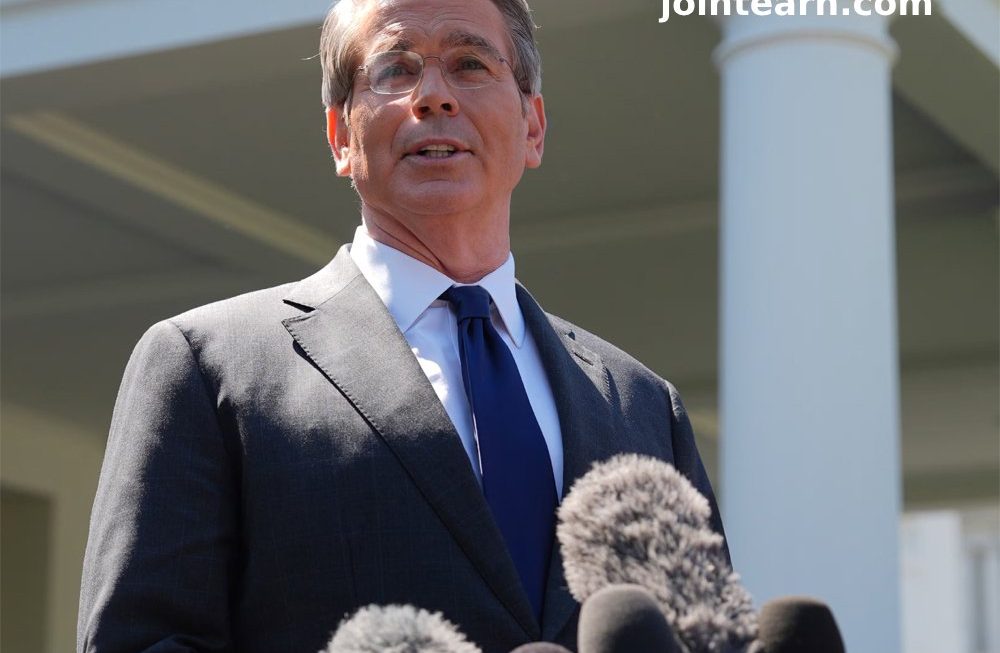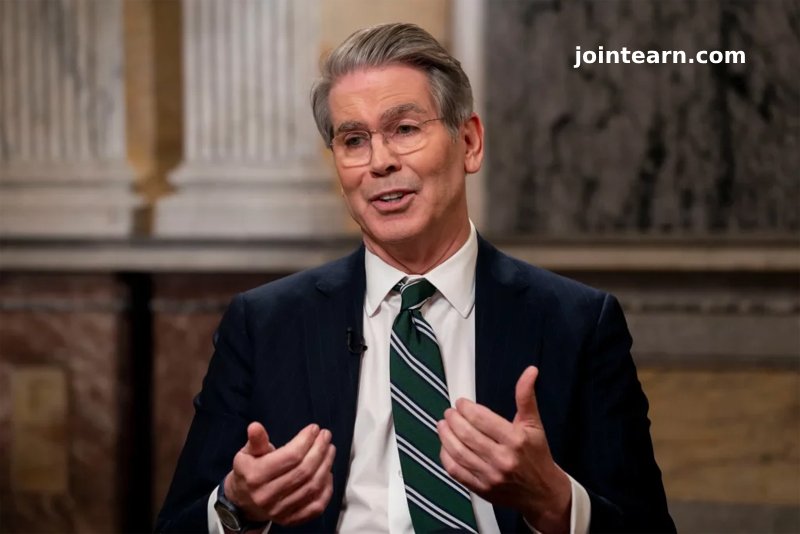3 Ways Trump Is Explaining the Stock Market Drop During His Second 100 Days
By Ben Werschkul
Washington Correspondent
As President Donald Trump marks his second 100 days in office, his administration is aggressively promoting its progress — while carefully avoiding one uncomfortable fact: the worst stock market performance for a new presidential term in decades.
Despite a modest rebound in recent days, the broader trend is troubling. The S&P 500 has dropped roughly 7.3% since Trump’s inauguration — the weakest stock market start under any president since the 1970s. Only the early days of Richard Nixon’s second term and Gerald Ford’s brief presidency showed worse numbers.
This sharp decline, fueled largely by escalating Trump tariffs, contradicts the president’s long-standing claim that the Trump effect boosts stock prices. Instead, the markets have plunged — prompting Trump and his team to adopt a trio of explanations to manage the political fallout.
Here are the three main strategies Trump uses to explain — or deflect from — the market drop:
1. “It’s All Part of the Plan”
The administration’s most frequent message is that the losses are temporary and intentional — part of a strategic economic reset.
Following his “Liberation Day” proclamation on April 2, Trump dismissed the subsequent stock market plunge, calling it “expected.”
He likened the economy to a patient recovering from surgery:
“We’ve just got to give it a little bit of time,” Trump said while traveling to Florida.
Trump has even suggested that market downturns can be a negotiating tool:
“We’ll set a tariff. The market may drop. Then they’ll come back to the table,” he said on April 17.
His post on Truth Social suggesting he was “pushing the market down on purpose” forced him to deny it days later, adding to the confusion around the administration’s messaging.
2. “It’s Other Factors — Not Me”
Another go-to explanation from Trump and his aides is that external factors — not presidential policy — are causing the decline.
Treasury Secretary Scott Bessent has repeatedly pointed to DeepSeek, a Chinese AI company, blaming a “tech sell-off” for much of the market’s movement.
Similarly, Trump blamed a poor earnings report from UnitedHealth Group for a major sell-off in April. Yet the same day, his own attack on Fed Chair Jerome Powell — calling him “a major loser” — likely had a broader impact.
Trump has also blamed Joe Biden, saying on March 13:
“A lot of the stock market going down was because of a really bad four years we had.”
This tactic attempts to distance Trump from accountability by linking today’s issues to past administrations, Big Tech, and foreign markets.
3. Downplaying the Importance of the Stock Market
When all else fails, Trump and his aides have downplayed the relevance of Wall Street altogether, despite roughly 61% of Americans owning stocks.
“Tariffs help Main Street, not Wall Street,” is a common refrain.
Bessent recently told CNBC that the administration wouldn’t fuel headlines by commenting on trade negotiations, signaling a desire to avoid spooking markets further.
Yet Trump rarely maintains this stance. After the markets surged on April 9 — following his announcement of a 90-day pause on reciprocal tariffs — Trump quickly took credit:
“We’re having a good day in the stock market,” he posted.
“There’s a lot of winning out there.”
Bottom Line: Trump Stock Market Performance Faces Scrutiny
Despite attempts to spin the narrative, Trump’s stock market performance remains a liability heading into the rest of his term. Whether it’s tariffs, tech sector shifts, or Fed clashes, the administration continues to juggle explanations — while hoping for a rebound strong enough to vindicate the strategy.












